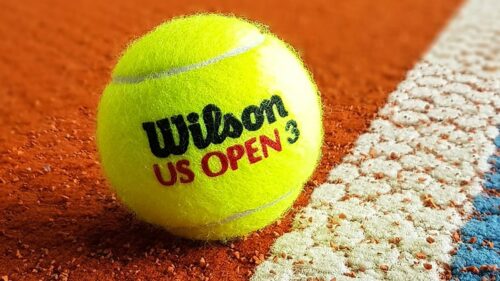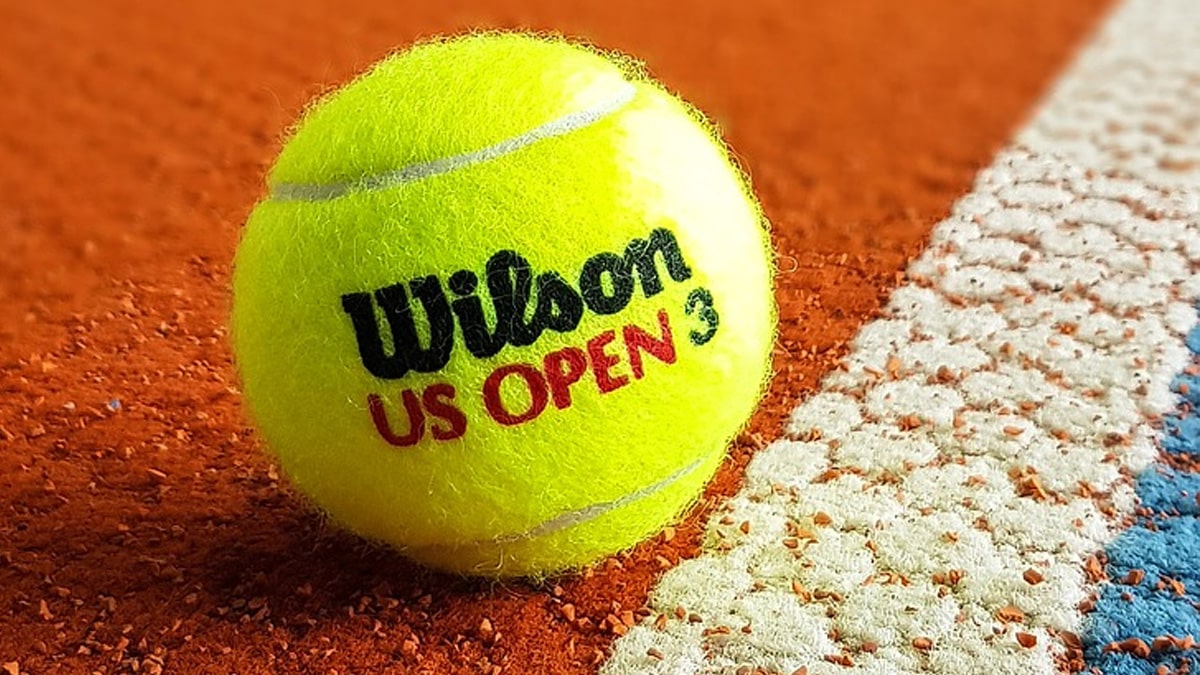With preparations underway for the U.S. Open tennis at Flushing Meadow, the loss of Stan Wawrinka and Rafael Nadal would cast an immediate shadow over a tournament that has courted controversy from the moment it was announced.
 With the rumoured withdrawal of Rafael Nadal, the certain lack of a recooperating Roger Federer and now the news that Stan Wawrinka has been training on clay courts, the U.S. Open at the end of August looks set to be without some of its brightest stars.
With the rumoured withdrawal of Rafael Nadal, the certain lack of a recooperating Roger Federer and now the news that Stan Wawrinka has been training on clay courts, the U.S. Open at the end of August looks set to be without some of its brightest stars.
Players who are playing in the Grand Slam event should, by now, be training on hard courts, perfecting those booming forehands and nailing down that first-serve percentage. Maybe nailing it up might be a better term, but you know what we mean. They need to be sharp, focused and ready for the action at Flushing Meadow.
The reveal that came as part of a typically honest Stan Wawrinka Instagram story that the Swiss superstar has been practicing with Roland Garros 2020 tennis balls on a clay court all but confirms that he’ll be missing from the line-up in the United States too.
Nadal has been pictured on the clay too, meaning that the attendance of the 2019 U.S. Open winner is seriously in question. This, of course, begs the question about whether Novak Djokovic, who overtook Nadal at the top of the rankings in January when he captured the Australian Open title and his 16th Grand Slam, will arrive to fight for what would be a dramatic 17th Grand Slam title.
Djokovic, who has been the subject of both ire and ridicule in equal measure since the Adria Cup just a few weeks ago, tested positive for COVID-19 after exposing both himself and others on the circuit to the Coronavirus due to the event. With no social distancing, crowds in place and social events at a nightclub, the beach and the airport risking the health of dozens of top-level players, the Adria Cup was in part organised by Djokovic.
The Serbian will look like the ghost in the feast if he arrives in New York, but if he misses the event, he might regret it when his career is over, as opportunities to win such a title without having to beat Nadal or Federer along the way come around very infrequently. Federer knows himself how vital it can be to hang in there and play every event just in case, as it did when he won his 2009 French Open title, the overwhelming favourite – Nadal in that case – was not able to deny him for a 4th consecutive time because he didn’t reach the final.
Should Wawrinka choose not to play, the field for the U.S. Open really does open up, with hard-hitting servers such as Nick Kyrgios surely identifying the tournament as worthwhile playing, even if it would mean a fortnight’s quarantine once the bad boy of tennis landed back in Australia.
Other more likely winners come from the usual suspects who traditionally sit behind the ‘top three’ in sportsbetting Grand Slam markets. Alex Xverev might find it a major too soon, but Daniil Medvedev would be hopeful of going one step further than his defeat in the final to Nadal last year.
Whoever does turn up in America for the U.S. Open from the top 8 players in the men’s singles tennis world, they might find the tournament the easiest part of the process. Avoiding controversy, staying healthy or keeping off the front pages? In tennis, those battles are clearly the hardest to conquer.
